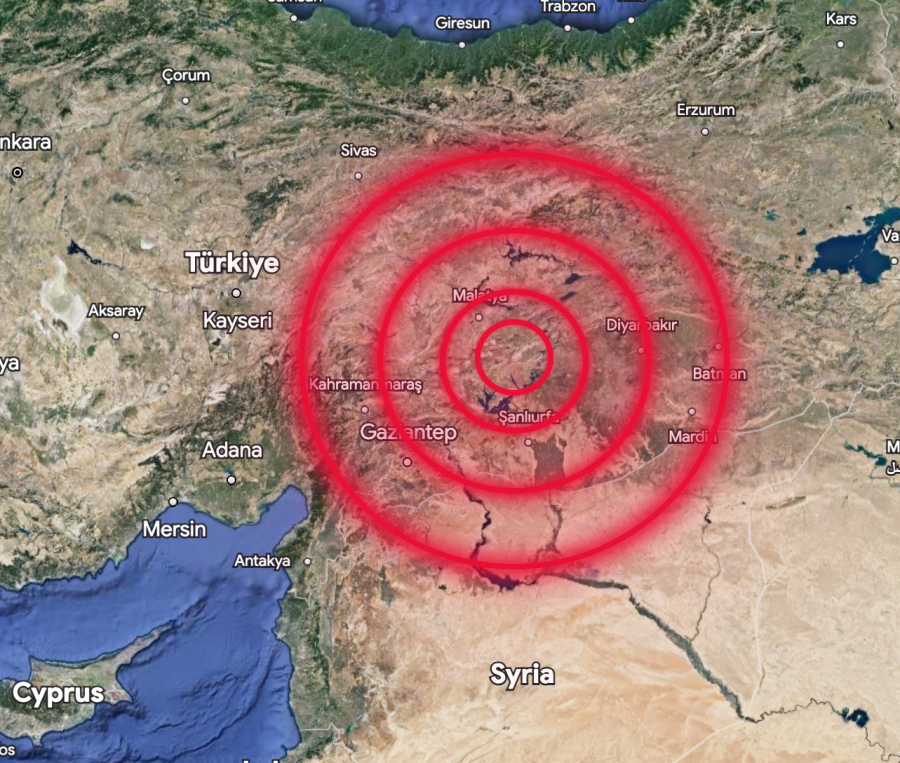Star-Powered: Harnessing the Energy of Atoms
Nuclear fusion could potentially transform energy development.
Imagine a star at the center of a solar system, a million times smaller than the thinnest human hair, fueling our world. A recent breakthrough in nuclear fusion raises hope for creating a safer energy source, potentially altering energy development in the future.
During nuclear fusion, two light atoms’ nuclei fuse together to create one heavy atom’s nucleus through a combination of high pressures and temperatures. This releases extraordinary amounts of energy, because the mass of the final nucleus is smaller than the original two, and the leftover “mass” is the energy output.
The sun and stars use the same process. At the center of a star, the gas is very hot and dense. Under those conditions, nuclei of hydrogen atoms fuse to produce helium and the energy that gives stars their life force and keeps them burning. This process can run for billions of years.
Dr. Goldader, a Baldwin physics teacher, said, “We want to figure out how to use the energy source that powers the stars to generate power on earth…However, this is one of the hardest problems in physics: to recreate the conditions of a star in a safe way in a lab on earth.”
On December 5, 2022, in Livermore, California, researchers at the National Ignition Facility (NIF) ignited controlled nuclear fusion, which in turn, successfully revealed a higher energy production than laser power intake.
During the experiment, 192 lasers were beamed at a capsule of heavy hydrogen atoms, deuterium, and tritium. Generated x-rays compressed a BB-size fuel pellet with a 2.05 million joule laser pulse, releasing a net production of 3.15 million joules, approximately 1.5 times in energy gain.
Tammy Ma, a NIF physicist, said to Science News, “These recent results [at] NIF are the first time in a laboratory anywhere on Earth [that] we were able to demonstrate more energy coming out of a fusion reaction than was put in.”
Although nuclear fission is a sustainable energy resource, its leftover radioactive debris is hazardous to people and the environment. On the contrary, controlled nuclear fusion, around four million times more powerful than nuclear fission, could showcase possibilities for the commercialization of a clean power source.
Dr. Goldader said, “This is a significant milestone. It’s just the first step, but a very crucial one. Now we need to scale nuclear energy up, find a way to convert it into usable energy, and make it affordable.”
Controlled nuclear fusion is one of the most significant scientific challenges tackled by humanity, but if scientists are successful, it could revolutionize technology development for society.




























